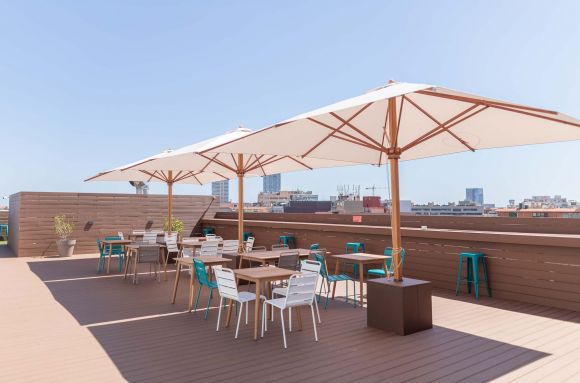
Sleep glasses
Here’s how blocking blue light helps you get some good quality shut-eye.
Have you heard that scrolling through your social media feeds just before going to sleep can have a negative impact on your sleep quality?
That’s right, we are all guilty of that habit and yet, it really decreases the standard of our resting state: it becomes harder to fall asleep and we don’t feel especially refreshed in the morning.
We’ve been there and there’s a promising solution to the problem, keep reading to learn what you can do to ensure a better night’s sleep every day!
What are sleep glasses?
Also known as blue light glasses, sleeping glasses are designed to efficiently block blue light by offering an extra layer of protection against blue light’s strongest wavelengths to avoid the disruption of your circadian rhythms (sleep patterns).
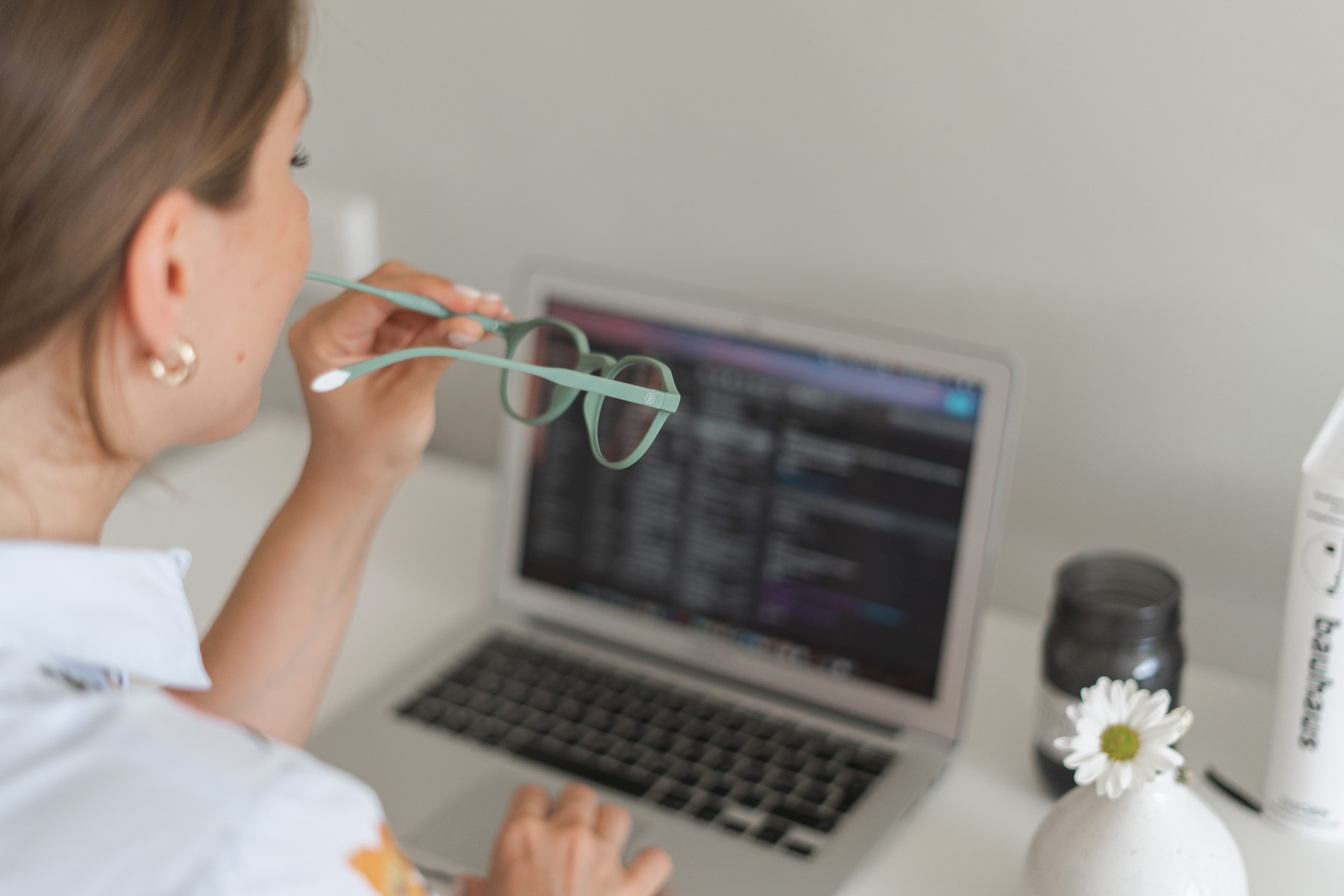
Barner’s sleep glasses are made with high quality organic CR-39 lenses which efficiently block 100% of the blue light under 410nm and 45% of the blue light on the 410nm – 450nm spectrum. They are also very stylish, comfortable and easily adaptable!
Sleep glasses are one of our best allies for maintaining a stable circadian rhythm. Is that too much scientific jargon? Let’s go step by step:
The effects of blue light overexposure on circadian rhythms
Blue light is a natural source of energy from the sun. It energizes us, and boosts our activity. The problem comes when we spend so many hours in front of digital devices, which also emit blue light: the artificial kind.
Overexposure to that last type of light, also called HEV, can have negative effects on our overall health.
The most known symptoms are the so-called Computer Vision Syndrome and Digital Eye Strain which include headaches, dry eyes, blurred vision, eye discomfort and even neck and shoulder pain.
But there’s a lesser known side effect of too much blue light that is, however, really important to prevent if we want to start the day off on the right foot: the disruption of sleep cycles.
What is a circadian rhythm?
Think of the circadian rhythm as your inner body clock. The one that tells you when to go to sleep and when to wake up.
We have all probably experienced those surprising mornings when we wake up exactly a minute before our alarm clock, or even naturally waking up when we have forgotten to set our alarm the night before! Yes, we know that strange feeling of self-satisfaction!
That’s all because of our circadian rhythm: a natural and internal process that regulates our sleep patterns every 24 hours on average.
In fact, did you know that plants, animals and even fungi also have a circadian rhythm?
Blue light and sleep patterns
Overexposure to blue light plays a big part in our problems with falling asleep at night: it turns out that too much of that light blocks the hormone melatonin, a very important element that helps us feel sleepy.
It is agreed that blue light is an important source of energy for us, it helps us boost our alertness and our cognitive performance during the day. But when the sun goes down and night begins, that is when prolonged exposure to this kind of light can have negative effects on our sleep quality.
According to a study by researchers in Toronto, the levels of melatonin in people exposed to bright indoor light wearing blue light glasses compared to the levels of people exposed to dim light without blue light blocking glasses were very similar. Such findings suggest that blue light is a strong suppressor of melatonin.
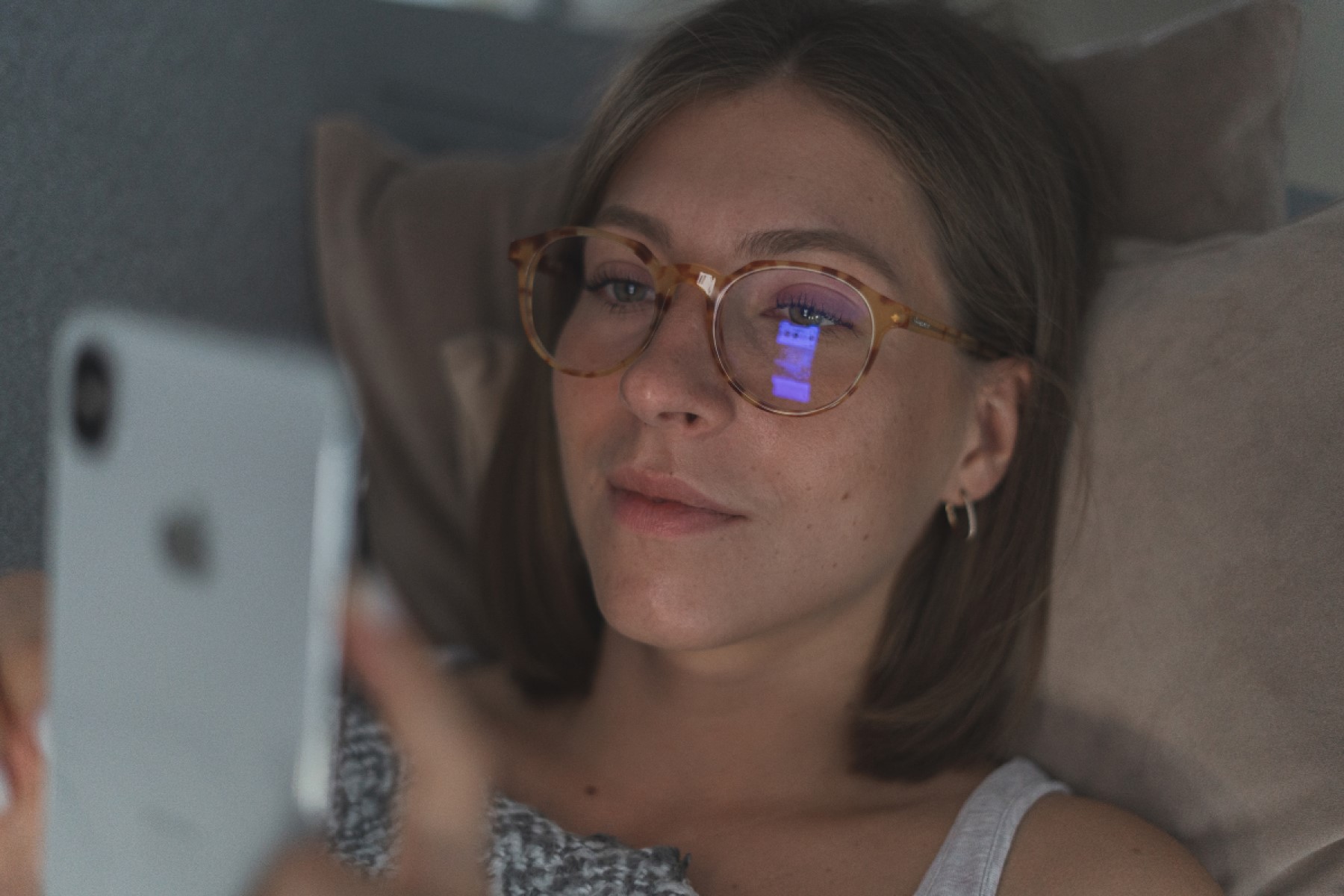
Did you know? A new kind of photoreceptor in the human eye was first discovered in 1998, which was then later revealed to be incredibly sensitive to the effects of blue light!
More than 20 years later, light consumption is still a major debate! Some tech businesses are even starting to add different spectrums of light into their digital devices to better adjust their screens to daylight and night. If you have an Apple, you may have turned the night shift on.
This option automatically changes the colors on your screen to the warmer end of the spectrum to reduce the impact of blue light overexposure.
Let’s sum up: overexposure to blue light especially at night time decreases our levels of melatonin by boosting our feelings of alertness. That has a direct impact on the difficulty we experience in falling asleep and the quality of our sleep cycles.
Indoor artificial blue light sources
It is a common misconception for us to believe that our houses are free of artificial blue light!
The truth is that it’s probably not the case. There are many indoor artificial blue light sources that have become such basic factors in our daily lives that we don’t even realize how much artificial blue light we are constantly absorbing.
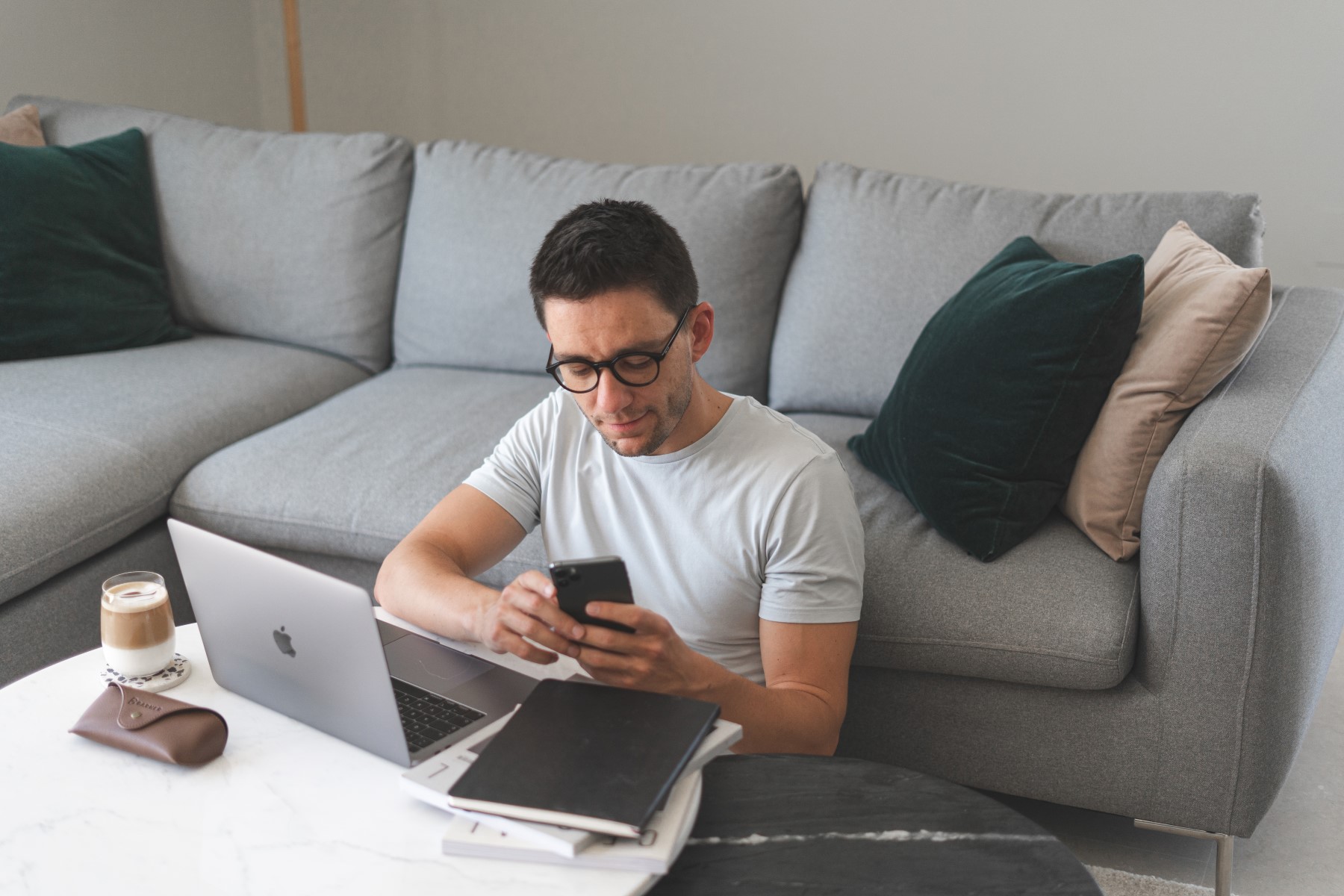
These are the most common artificial blue light sources we can typically find in our homes.
- TVs
- Smartphone screens
- Computer monitors
- Tablets
- Gaming consoles and systems
- LED bulbs
- Fluorescent light bulbs
There are actually more artificial blue light sources in our houses than we might think. That is why, a very important first step is to become aware of our blue light consumption.
From there, we encourage everyone to reduce, as much as possible, exposure to HEV light an hour before going to bed.
Make sure that your bedroom is blue light savvy!
Benefits of sleep glasses
If after reading this article, you are starting to think about your light consumption, welcome to the club!
Sleep glasses or blue light glasses are one the easiest, most stylish and efficient ways of protecting our eyes from overexposure to blue light and its effects on our sleep.
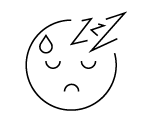
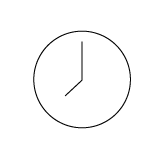
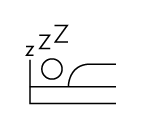
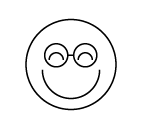
- Improve problems related to insomnia
- Increase sleep cycles and their quality
- Reset our circadian rhythms
- Enhance our wellbeing
Check out Barner’s blue light glasses collection! They’ll soon become your best friend during the day, and your greatest ally for a good night’s sleep!




